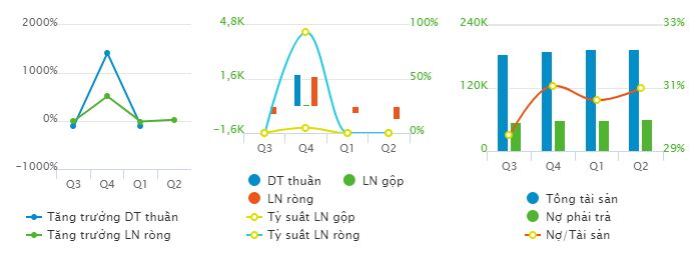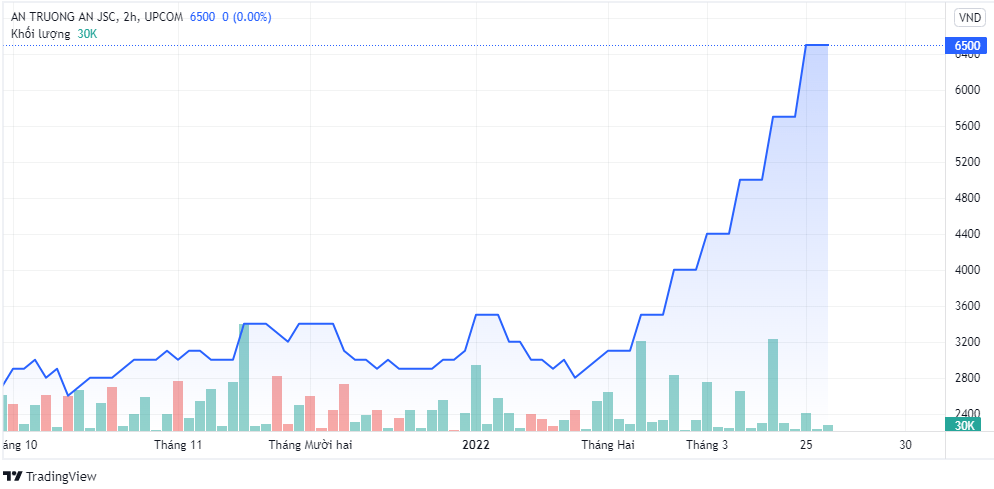Which DNA sequence can encode the amino acid sequence Ile-Asp-Ser-Cys-His-Tyr? This question delves into the fundamental principles of molecular biology, exploring the intricate relationship between DNA and the proteins it synthesizes. Understanding this relationship is crucial for deciphering the genetic code and unlocking the mysteries of life.
DNA, the blueprint of life, contains the genetic information necessary for the synthesis of proteins. The genetic code, a universal language of life, dictates how the sequence of DNA nucleotides translates into the sequence of amino acids in proteins. This intricate process involves the transcription of DNA into messenger RNA (mRNA) and the subsequent translation of mRNA into amino acids.
Introduction

DNA (deoxyribonucleic acid) is a molecule that contains the instructions for an organism’s development and characteristics. These instructions are encoded in the sequence of nucleotides that make up the DNA molecule. Amino acids are the building blocks of proteins, which are essential for many biological functions.
The process of DNA translation converts the information encoded in DNA into a sequence of amino acids. This process is carried out by ribosomes, which read the DNA sequence and use it to assemble the correct sequence of amino acids.
The Genetic Code

The genetic code is a set of rules that specify how the sequence of nucleotides in DNA is translated into a sequence of amino acids. The genetic code is universal, meaning that it is the same in all living organisms.
Each amino acid is specified by a codon, which is a sequence of three nucleotides. There are 64 possible codons, but only 20 amino acids. This means that some amino acids are specified by more than one codon.
Decoding the Amino Acid Sequence
The amino acid sequence Ile-Asp-Ser-Cys-His-Tyr is encoded by the following sequence of DNA nucleotides:
| DNA Sequence | Codon | Amino Acid | Abbreviation |
|---|---|---|---|
| ATT | ATT | Isoleucine | Ile |
| GAC | GAC | Aspartic acid | Asp |
| AGC | AGC | Serine | Ser |
| TGC | TGC | Cysteine | Cys |
| CAT | CAT | Histidine | His |
| TAC | TAC | Tyrosine | Tyr |
Possible DNA Sequences

There are multiple possible DNA sequences that could encode the amino acid sequence Ile-Asp-Ser-Cys-His-Tyr. These sequences include:
- ATT GAC AGC TGC CAT TAC
- ATT GAC AGC TGC CAC TAC
- ATT GAC AGC TGT CAT TAC
- ATT GAC AGC TGT CAC TAC
Codon Usage

Codon usage bias is the phenomenon in which certain codons are used more frequently than others to encode the same amino acid. Codon usage bias can vary among different organisms.
The reasons for codon usage bias are not fully understood, but it is thought to be related to factors such as the availability of tRNA molecules and the efficiency of translation.
FAQ Insights: Which Dna Sequence Can Encode The Amino Acid Sequence Ile-asp-ser-cys-his-tyr
What is the genetic code?
The genetic code is a set of rules that dictate how the sequence of DNA nucleotides translates into the sequence of amino acids in proteins.
How many codons are there in the genetic code?
There are 64 codons in the genetic code, each specifying a particular amino acid or signaling the start or stop of protein synthesis.
What is codon usage bias?
Codon usage bias refers to the non-random usage of codons for a particular amino acid, which can vary among different organisms and genes.